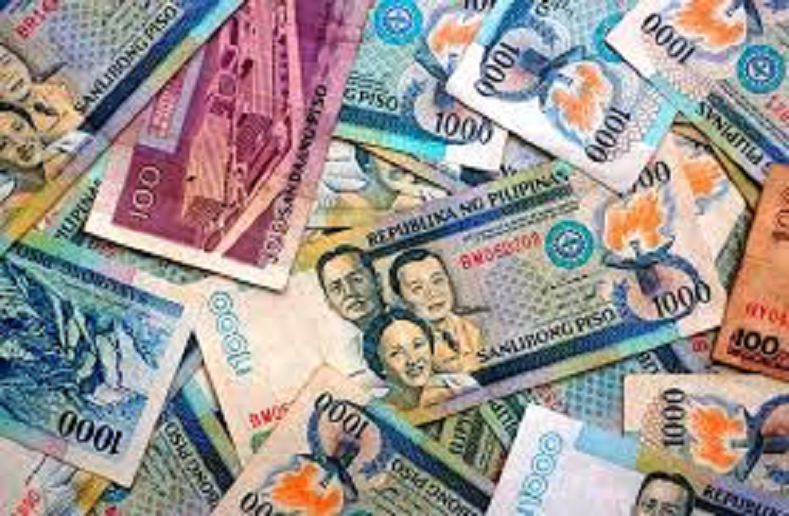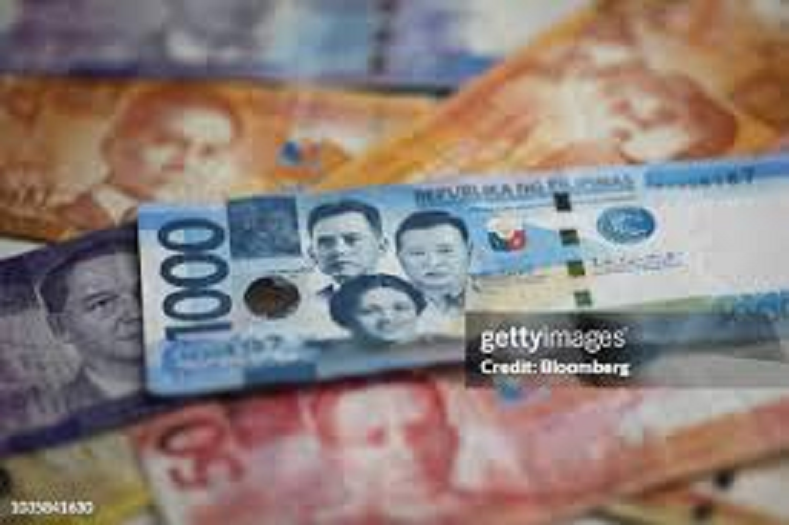Philippine Peso vs Indian Rupee: If you earn 1 lakh in the Philippines, how much will you earn after returning to India?
- bySherya
- 02 Oct, 2025

Philippine Peso vs Indian Rupee: The value of the Philippine peso is higher than that of the Indian rupee, even though the country lags behind India economically.

A 6.9 magnitude earthquake struck the Philippines' Cebu province on Tuesday night (September 30, 2025), killing 69 people and injuring around 150. However, if we compare the value of the currency here with the Indian rupee, one Philippine peso is equal to 1 rupee 52 paise in India. This means that the value of the currency here is higher in India, even though these countries lag far behind India in every aspect. Thus, if an Indian goes to the Philippines and earns 1 lakh Philippine pesos, then after returning to India, his value will become 1 lakh 52 thousand 449.90 rupees.
The Philippine peso is issued by the Bank of the Philippines. Its official symbol is ₱. The Philippine peso (₱) originated during the Spanish colonial period. In the 1500s, the Spanish rulers introduced the real and later the peso de ocho (a coin worth eight reales). This silver coin became the main medium of trade throughout the Asia-Pacific region. American rule over the Philippines began after the Spanish-American War in 1898. The US peso was adopted in 1903, pegged to the US dollar (1 USD = 2 PHP). This period also saw the modernization of the banking system and currency printing.
The peso gained independent national currency status
After World War II, the Philippines gained independence in 1946. The Central Bank of the Philippines (Bangko Sentral ng Pilipinas) was established in 1949. Subsequently, the peso gained independent national currency status. From the late 1960s, the currency underwent major changes. Notes began to be printed in the Filipino language. Notes and coins began to depict national heroes, culture, and history. This made the peso a symbol of national identity.
New Generation Currency
The New Generation Currency (NGC) series was introduced in 2010. It has strengthened security features. The new notes and coins depict Philippine heritage, natural landmarks, and heroes. The Philippine peso (PHP) is the official currency of the Philippines, and its banknotes are in denominations of 20, 50, 100, 200, 500, and 1,000 pesos. However, the 200 peso note has now been discontinued due to its low usage. 10, 5, and 1 peso coins are also in circulation.



